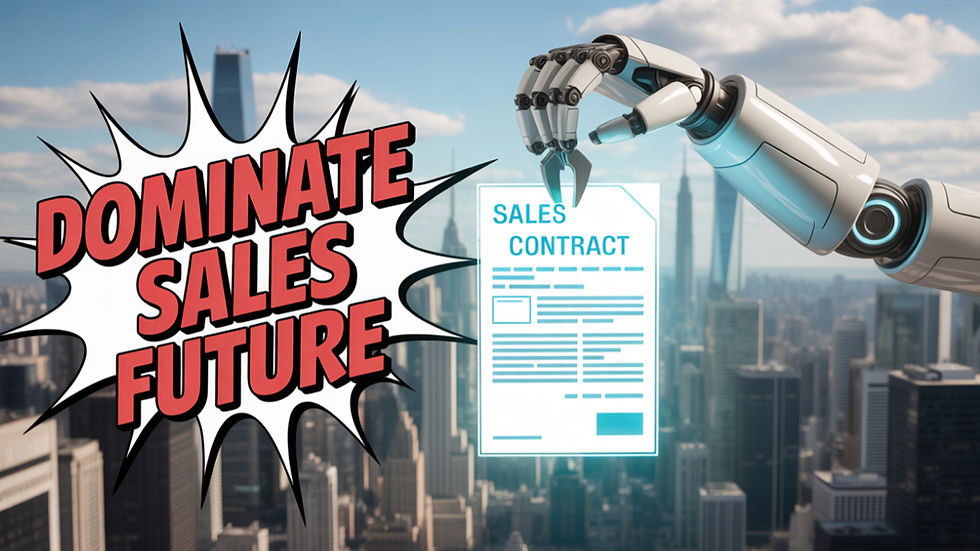What is Loop Selling? A Simple Guide to the New Way of Selling
- Ntende Kenneth
- Sep 16
- 2 min read
Most businesses still see sales as a straight road. You find a lead, pitch, follow up, and either close or lose. Once it’s done, you start again from scratch.
But buyers don’t buy in a straight line anymore. They move back and forth researching, comparing, delaying, returning weeks later. If your sales process doesn’t match that reality, you waste energy chasing instead of closing.
That’s why Loop Selling was created.

What is Loop Selling?
Loop Selling is a system that treats sales as a cycle, not a sprint. Instead of working linearly, every step loops back into the system, keeping prospects and customers engaged at all times.
The goal isn’t to pressure buyers into quick decisions. It’s to stay present, keep adding value, and guide them through a loop where every interaction compounds over time.
The Loop Selling Wheel
The Loop Selling Wheel is built on five stages that repeat:
Find – Identify the right leads using data, AI, referrals, or outreach. This is where the loop starts.
Nurture – Build trust by sharing useful content, engaging on different channels, and staying visible without being pushy.
Convert – When the timing is right, step in with an offer and guide the prospect into becoming a customer.
Retain – Keep customers happy with support, follow-ups, and continued value so they stay and buy more.
Measure – Track every part of the loop to see what’s working and what needs fixing, then improve the system.
Once measured, the loop starts again—better, stronger, and more predictable.
Why the Old Way Doesn’t Work Anymore
Sales cycles are longer and harder to predict. A linear process collapses when a prospect goes quiet.
Prospects don’t want to be chased. They want to be guided and reminded, not pressured.
Businesses waste effort on one-off activities instead of building a system that compounds.
Loop Selling makes sure no opportunity is wasted. Even if a deal doesn’t close today, the lead stays in the loop until the time is right.
The Core Principles of Loop Selling
Sales is a system, not a sprint – Random effort is not strategy. Loops compound.
Stay top of mind – Don’t disappear after one attempt. Keep looping back with value.
Automate smartly – Let technology handle the repetitive touches so salespeople can focus on real conversations.
Measure the loop – Improvement only happens when you track results at every stage.
Loop Selling vs Traditional Selling
Traditional Selling | Loop Selling |
Linear process ends after a “yes” or “no.” | Continuous cycle that adapts over time. |
Focused only on closing. | Focused on finding, converting, and retaining. |
Prospects drop off easily. | Every lead stays in the loop. |
Hard to scale. | Scales through systems and automation. |
Why Loop Selling Matters Now
Markets are crowded, buyers are distracted, and competition is fierce. Companies that still rely on the “chase and close” approach end up burning time and resources.
Loop Selling changes that. It gives sales teams a predictable, repeatable system where no lead is lost, and no customer is forgotten.
The result? More conversions, higher retention, and a healthier pipeline.
Stop chasing. Start looping. That’s the new way of selling.
.jpg)



Comments